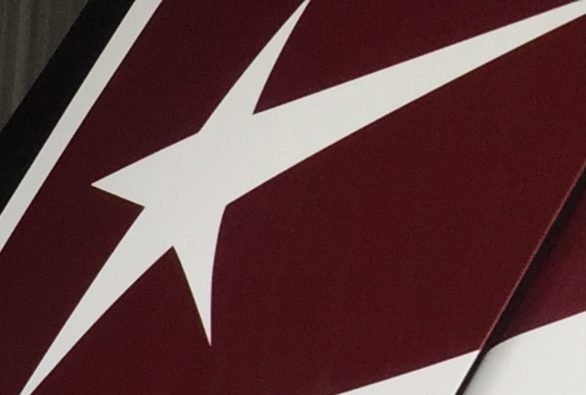Home/The Best Piston Twin?
The Problem with Twins
If you have researched or read about the accident rate for piston twin airplanes when compared to comparably performing single engine airplanes, you will know that record is not what you might call sterling. While it’s not bad overall, in the event of a crash, the fatality rate is just as high as a single, maybe even a little higher. Why is this?
Well, you can read all about this issue. Just Google it. But the short answer is stall-spin. Why is that? Well, any airplane that experiences a stall-spin low to the ground is likely to result in fatalities. There just isn’t enough altitude to recover.
For all airplanes in the base to final leg, single or twin, who pull back too hard or get too slow, or both, the result can be a fatal stall-spin. That’s why CFI’s spend a lot time warning against this. Don’t do it. And you will be fine.
But for the twin, if you lose an engine just after lift-off and you are both proficient and ready to handle an engine failure, you are still somewhat likely to allow the airplane to get too slow due to the high work load. With the huge difference in power output on one side of the airplane versus the other, here comes the dreaded and fatal stall-spin.
Proficient means you have practiced engine out scenarios enough to be able quickly recognize the problem, and promptly respond correctly. It also means not just proficient in one’s initial checkout, but that you practice on a reasonably regular basis. That’s how you stay proficient.
Still, for a successful outcome, one must retract the landing gear, feather the propeller on the failed engine, shut it down, while simultaneously applying the correct rudder and bank, and be determined to not allow the airplane speed to fall below “Blue Line” – optimum engine out climb speed. The stall-spin happens when the pilot is busy with these tasks and that high work load distracts just enough to allow the airplane to get slow enough for the rudder to lose effectiveness or one wing to stall (one wing has more lift from the good engine’s prop wash, the other has less and stalls first). With this power differential on a conventional twin, a spin or a rollover is inevitable. And fatal.
So proficient. Practiced. Acting correctly. Not overweight. You will be just fine.
Clearly, the engine out event catches some pilots off guard, and the outcome is not desirable, to say the least.
That’s where the Velocity V-Twin is superior to all of the other piston twins. It cannot stall-spin. Since the canard always stalls first, the nose lowers briefly (typical canard behavior), then the canard resumes flying. The main wing never stalls. Since there is no stall, then there is no spin-stall or stall then a roll to the inverted. Plus, with pusher engines, each wing is generating similar amounts of lift.
Yes, the Velocity V-Twin pilot still needs to take the appropriate actions, but he/she is much less likely to experience a bad outcome. Much less.
The conclusion is the that with the twin engine airplane stall-spin is a thing of the past – for the V-Twin. (However, like any twin, if you overload it, it may not have enough thrust to climb on a single engine. This can be a surprise for any twin pilot who does not take the lower engine performance into account on high density altitude days. Of course, the same is true for all airplanes, not just twins. Be smart. Be safe.)
Furthermore, the V-Twin is also fast and efficient. It is equipped with 4 cylinder engines, whose cruise speeds and fuel burns outperforms twins with the larger, normally aspirated 6 cylinder engines.
And it has easy entry and exit with its gull wing doors. And it weighs less. And it has less drag. And it has better single engine climb. And it looks super cool. And on and on. But what sets it above the other twins is that it is just plain safer.
The best piston twin? A resounding yes.

